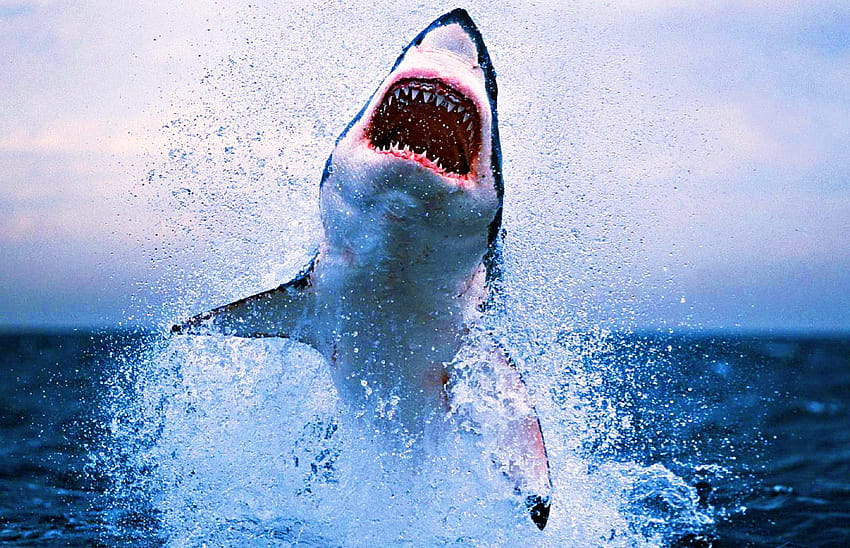The Blacknose Shark (Carcharhinus acronotus) is a small species of requiem shark found in the western Atlantic Ocean, ranging from Massachusetts to Brazil, including the Gulf of Mexico and Caribbean Sea. This sleek and agile shark is a popular target for recreational fishermen, but is also subject to overfishing and other threats to its survival.
Physical Characteristics
Blacknose Sharks are relatively small, usually reaching lengths of 3-4 feet and weighing around 20-25 pounds. They have a slender, streamlined body with a pointed snout and large eyes. Their coloring is typically light gray or brown on the back, with a pale underbelly. The most distinguishing feature of the Blacknose Shark is the black marking on the tip of its snout, which gives the species its name.
Habitat and Range
Blacknose Sharks are primarily found in the western Atlantic Ocean, ranging from Massachusetts to Brazil, including the Gulf of Mexico and Caribbean Sea. They are commonly found in shallow coastal waters, such as bays, estuaries, and nearshore reefs. Blacknose Sharks are highly migratory and may travel long distances in search of food or breeding grounds.
Behavior and Diet
Blacknose Sharks are fast and agile swimmers, capable of quick turns and bursts of speed when chasing prey. They feed primarily on small fish and crustaceans, such as shrimp and crabs. Blacknose Sharks are known for their tendency to swim in schools, especially when hunting or migrating.
Reproduction
Blacknose Sharks are oviparous, meaning they lay eggs rather than giving birth to live young. Females lay their eggs in pairs, attaching them to underwater structures such as rocks or vegetation. The eggs hatch after several months, releasing small, independent sharks.
Conservation Status
The Blacknose Shark is currently listed as a species of concern by the National Oceanic and Atmospheric Administration (NOAA). The species is subject to overfishing and other threats, including habitat loss and degradation. Fisheries management regulations, such as catch limits and size limits, have been put in place to help protect Blacknose Shark populations. It is also important to continue monitoring and researching the species to better understand its biology and behavior.
Conclusion
The Blacknose Shark is a small but important species found in the western Atlantic Ocean, Gulf of Mexico, and Caribbean Sea. Its distinctive black snout and sleek body make it a popular target for recreational fishermen, but also subject to overfishing and other threats to its survival. Careful management and conservation efforts are necessary to ensure that Blacknose Shark populations remain healthy and sustainable for future generations.


Comments
Post a Comment